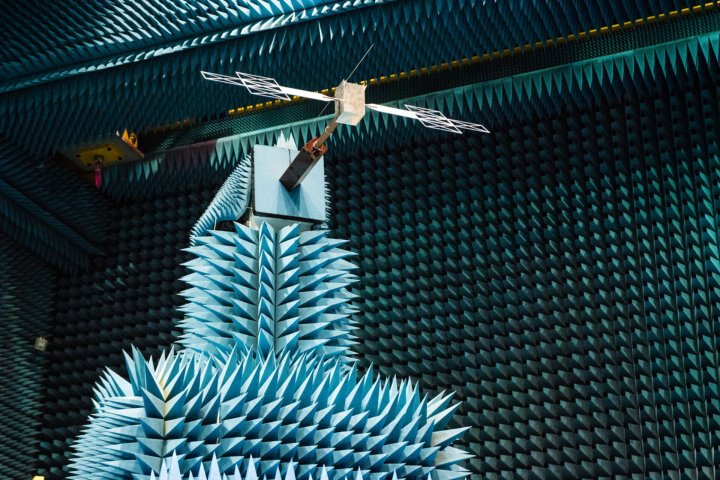The European Space Agency (ESA)’s JUICE spacecraft has run into a problem following its launch two weeks ago. The spacecraft is on track on its journey to visit Jupiter’s icy moons, but one of its antennae has not yet been deployed.
The JUICE spacecraft had to be folded up to fit inside the Ariane 5 rocket that launched it. Once in space, the spacecraft could begin unfolding to its full size. This began with the deploying of the spacecraft’s large solar arrays, with a total of 10 panels that reach a width of 27 meters and need to be so big to pick up the faint rays of the sun all the way out at Jupiter. These panels deployed as planned immediately after launch, but a problem arose in the next phase, which involved deploying the spacecraft’s antennae and booms.

Once particular antenna, the 16-meter-long Radar for Icy Moons Exploration (RIME) antenna, should have been deployed within the first week after launch, but has not yet been fully deployed. Engineers at ESA think that the problem is with a pin that is stuck, and which is stopping the antenna from releasing from the mounting bracket. Currently, the antenna is one-third extended, but it still tucked up against the spacecraft’s body instead of pointing outward as it should be.
The good news is that engineers are keeping an eye on the antenna using the JUICE spacecraft’s monitoring camera, and they can see that the antenna is still moving. Hopefully a small shake could loosen the stuck pin enough to let the antenna fully deploy, though if this doesn’t work out, then the engineers have the option to perform spacecraft maneuvers such as an engine burn and rotation to try and nudge the pin loose.

Other than the antenna issue, the JUICE spacecraft is healthy and on track, ESA is optimistic about the mission. “Juice is otherwise performing excellently after the successful deployment and operation of its mission-critical solar arrays and medium gain antenna, as well as its 10.6-m magnetometer boom,” ESA wrote in a statement. “With two months of planned commissioning remaining, there is plenty of time for teams to get to the bottom of the RIME deployment issue and continue work on the rest of the powerful suite of instruments on their way to investigate the outer solar system.”



